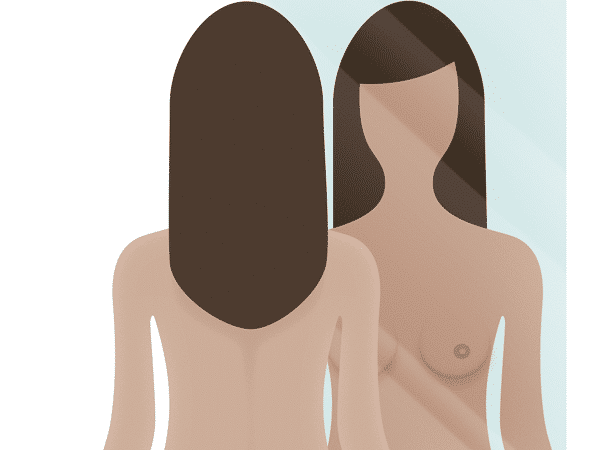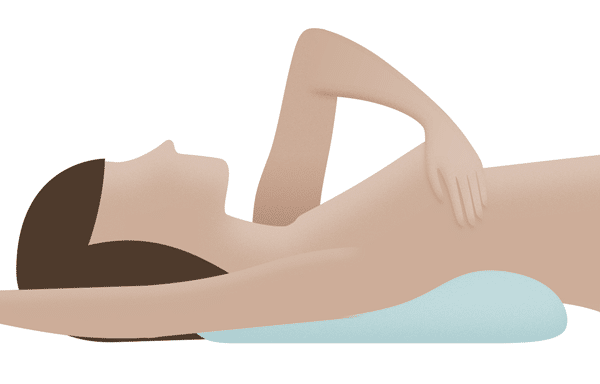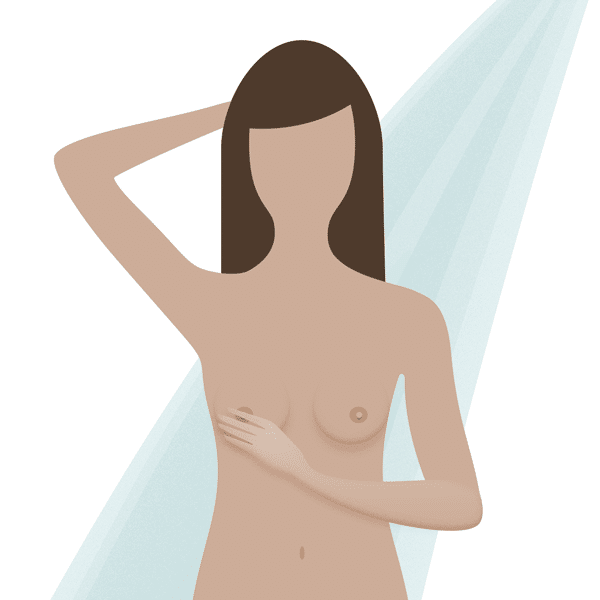
October is Breast Cancer Awareness Month, a time when people all over the world come together to raise awareness about the most common cancer among women. While breast cancer awareness campaigns often focus on early detection, treatment, and support, it’s crucial to understand why regular breast self-exams and screenings are so essential.
Early Detection Saves Lives: Breast cancer, like many other forms of cancer, is most treatable when detected in its early stages. Regular breast self-exams, clinical breast exams, and mammograms can help identify abnormal changes in the breast tissue, such as lumps or unusual growths. When detected early, the chances of successful treatment and survival dramatically improve. This is why checking your breasts regularly is so important.
Understanding Your Normal: Performing breast self-exams allows you to become familiar with your body and the typical appearance and feel of your breasts. This familiarity is invaluable because it enables you to recognize any changes. If you notice something different, like a lump, skin changes, or nipple discharge, you can promptly seek medical advice. By understanding what’s normal for you, you become your best advocate in detecting potential issues.
Empowerment and Awareness: Breast self-exams empower individuals to take control of their health. When you incorporate these self-exams into your routine, you’re actively participating in your healthcare. This sense of empowerment not only helps you stay vigilant about your breast health but also encourages others to do the same. By spreading awareness about the importance of self-exams, you can inspire friends and family to take their breast health seriously.
Reducing the Fear Factor: For many, the fear of the unknown can be paralyzing. Regular breast checks can reduce this fear by offering a sense of control and awareness. When you’re proactive about your breast health, you can approach any potential concerns with confidence, knowing that early detection improves the prognosis and can lead to less aggressive treatment options.
Tailored Screening Plans: Breast cancer isn’t a one-size-fits-all disease. Factors like age, family history, and personal health can influence your risk. By checking your breasts regularly and discussing your findings with your healthcare provider, you can work together to create a screening plan tailored to your risk factors and needs.
Supporting Research and Advocacy: Breast cancer awareness isn’t just about individual health but also about collective action. By participating in breast cancer awareness activities and discussing the importance of breast self-exams, you contribute to a broader movement that supports research, advocacy, and better access to care. Your efforts can help improve the lives of countless individuals affected by breast cancer.
Breast Self-Exam Steps: Performing regular breast self-exams is an essential part of breast health awareness and early detection of breast cancer. Here are the steps for conducting a breast self-exam:
Choose the Right Time: It’s best to perform a breast self-exam about a week after your menstrual period starts when your breasts are least likely to be swollen or tender. If you don’t menstruate or have irregular periods, you can choose a specific day each month to perform the exam.
Find a Comfortable Location: Stand in front of a mirror in a well-lit room. You can also do this in the shower using soap a bath or body lotion to help your fingers glide smoothly over your skin.
Visual Inspection: Start by looking at your breasts in the mirror with your arms at your sides. Look for any changes in the size, shape, or contour of your breasts.
- 1. Raise your arms overhead and look for the same changes.
- 2. Place your hands on your hips and press down firmly to flex your chest muscles. Check for any dimpling, puckering, or changes in the skin texture.
- 3. Raise Your Arms: Check for the same changes with your arms raised.

Check Nipples: Look at your nipples for any signs of discharge, rash, or inversion. Gently squeeze each nipple to check for any discharge. A small amount of clear or milky fluid may be normal, but any bloody or unusual discharge should be reported to your healthcare provider.
Palpation (Finger Examination): Lie down on a bed or a flat surface. You can place a pillow under your right shoulder and your right arm behind your head.

- 1. Use your left hand to examine your right breast. Using the pads of your three middle fingers, apply different levels of pressure (light, medium, and firm) in a circular motion.
- 2. Begin at the outer edge of your breast and move toward the nipple, covering the entire breast. You can use a spiral or an up-and-down pattern.
- 3. Pay attention to any lumps, hard knots, or thickening.
Repeat on the Other Side: After examining your right breast, switch sides and use your right hand to examine your left breast.
Stand Up and Examine Armpits: Finally, stand up and check your armpits for any lumps or swelling.
Know your Breasts: Check out this self examination video!

Related Articles: BENEFITS OF PILATES FOR BREAST CANCER RECOVERY